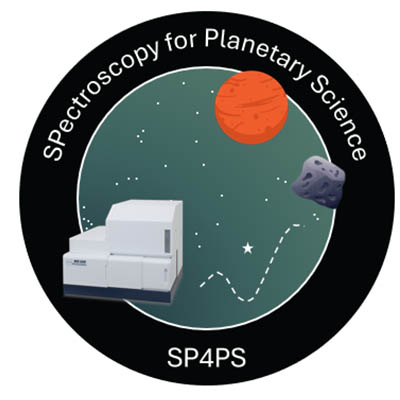UV-Vis-NIR Spectroscopy Lab
Understanding the surface mineralogy of asteroids is extremely important prior to both asteroid observation missions and especially sample-return missions, such as OSIRIS-REx and Hayabusa 2. While it may sound far-fetched, mining asteroids is of key interest to the wider world due to the abundance of resources (namely metal) on asteroids. NASA recently launched a probe to a metal-rich asteroid Psyche (Fig. 1), with the aim of better characterization for future exploration and potentially, mining (NASA’s Psyche mission to a metal world may reveal the mysteries of Earth’s interior (theconversation.com)). Therefore, comparing the spectral properties of asteroids and samples in a laboratory environment has the potential to better understand the mineralogy before spending millions on a space exploration mission.
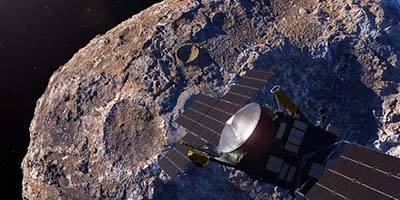
Figure 1: NASA’s Psyche mission approaching the targeted asteroid.
Samples (<1 g) are crushed by hand using an agate mortar and pestle to produce homogenized powders with particle sizes < 50 µm (Fig. 2). All samples are measured using a JASCO MSV-5700 UV-Vis-NIR microspectrophotometer (MSP) fitted with a Cassegrain objective lens with a magnification of 16x and a variable aperture (regularly use 400 µm to get a better picture of the whole sample) at the Open University (Fig. 3).
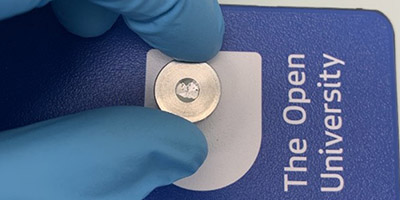
Figure 2: Powdered samples (which can be powdered at the Open University; <50 µm preferred) are placed within a 15 mm aluminium disc (inner diameter 5 mm).
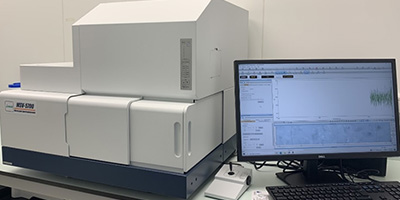
Figure 3: JASCO MSV-5700 microspectrophotometer (MSP) fitted with a 16x Cassegrain objective. The incidence angle is perpendicular to the sample and measured at room temperature.
The MSP has two separate light sources (deuterium and tungsten; sources switched at 340 nm) and diffraction gratings (200 – 840 nm and 840 – 2500 nm), giving a continuous spectral range of 200 – 2500 nm. A scan speed of 200 nm/min at an interval of 0.5 nm is used for investigations. Viewing geometry is such that the incidence and exit angles of the light are perpendicular to the sample (equivalent to a phase angle of 0 degrees). All spectra are reported relative to a Spectralon standard, smoothed, and normalized to 0.55 µm.
Even with a small aperture (400 µm) and very little material, we can produce high-quality spectral analyses of a given sample, as demonstrated by our comparisons with previously published datasets (Fig. 4).
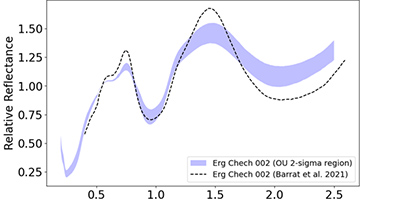
Figure 4: Wavelength graph displaying spectral comparisons to previously published data; https://doi.org/10.1073/pnas.2026129118
Development of a Python script with Samuel Jackson for further analysis of band structures is ongoing, allowing comparisons to asteroids and evaluating meteorite origins (Fig. 5).
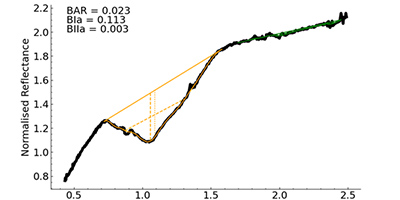
Figure 5: Line graph displaying band center, depth, width, and ratio analysis of an asteroid.
Contact us
If you are interested in conducting UV-Vis-NIR measurements of extraterrestrial/ terrestrial samples at the Open University, please email Ben Rider-Stokes and Monica Grady
